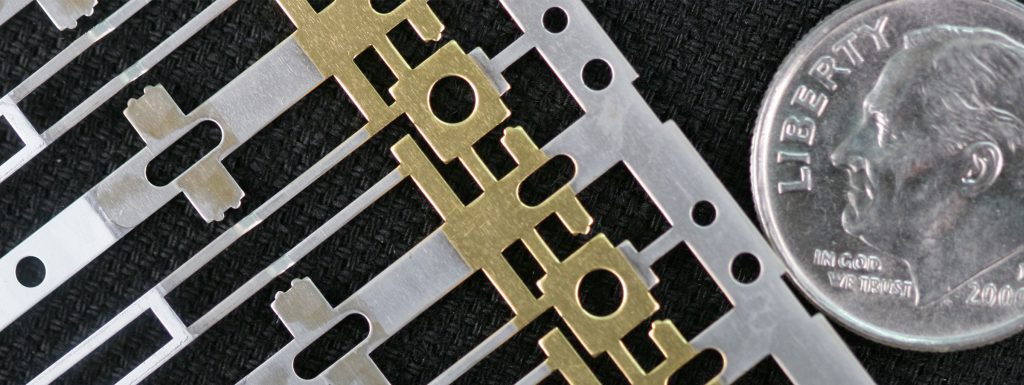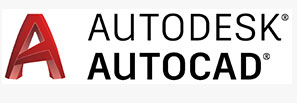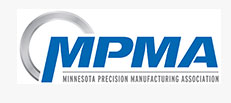The composite material cement carbide, commonly referred to as Tungsten carbide (WC), is created through powder metallurgy (PM), a manufacturing process. A binder, typically nickel or cobalt, is combined with tungsten-carbide powder during the process. The mix is put into a die to be compacted and then put through intense pressure and heat in a furnace to turn it from powder into a solid piece.
When tungsten-carbide and the metallic binder are mixed and sintered until they’re put together, the term “cemented” is used. Although tungsten carbide, solid carbide, and cement carbide are sometimes, generally this material is called just carbide by the carbide industry.
Long production runs that make use of metal dies for stamping will often use carbide materials. Carbide is especially useful for production tasks that require forming, punching, and cutting at high speeds. It’s also able to stay hard at high temperatures, resist deflection, and show strength under high compression. Difficult tasks, like making small holes in hard materials, may not be possible without the use of tungsten-carbide.
The Benefits of Carbide
When it comes to using cemented carbide for metal stamping, the most beneficial thing about it is its hardness. The ability of the material to resist abrasion is reliant on this particular property. This isn’t the only factor that will determine how well carbide performs in applications with wear. Grain size and the cobalt content play a role in the carbide’s success.
Vickers or Rockwell A (HRA) values are used to express the hardness of cement carbide. The Rockwell C (HRC) scale is often used to measure the hardness of tool steels in a similar manner. The conversion of HRA to HRC at an approximate value is shown in Fig. 1. See how the carbide with a 6 percent cobalt grade and a 92 HRA hardness value is harder than a tempered and heat treated traditional tool steel that has a 62 HRC value.
Another one of cemented carbide’s other impressive properties is its compressive strength. Materials that are ductile in nature may experience swelling or bulging deformations under compression overloads, but won’t fracture. This is better than brittle materials that will break suddenly and fail under the same conditions.
In comparison to many other materials, the compressive strength of cemented carbon is quite high. Adding tantalum to adhesive wear can be beneficial, especially when ironing and severe draw forming happens. TaC or tantalum carbides can prevent calling by acting as a lubricant, lessening the amount of interface friction that happens within the tooling.
Carbide Design Considerations
Stress concentrations must be removed if toolmakers and stampers want their carbide tools to work successfully. A crack can easily happen at any point that be a stress riser, such as sharp corner radii and other high stress points. As stress occurs, the crack would continue to grow quickly and premature failure in the carbide would occur. Since ductile materials have the ability to deform plastically at areas where stress occurs, they aren’t likely to fail as quickly as a result of stress risers.






